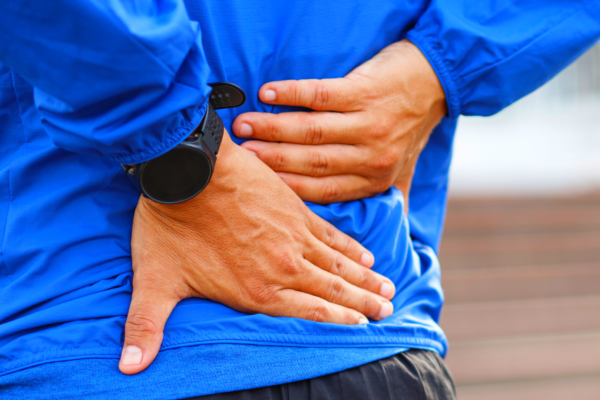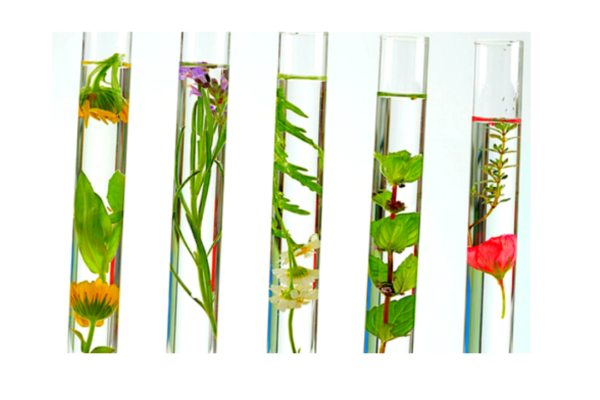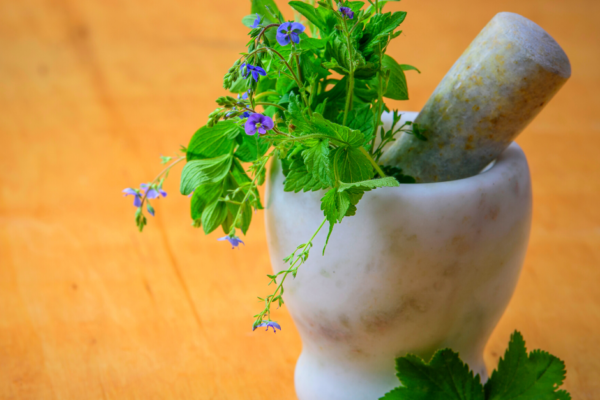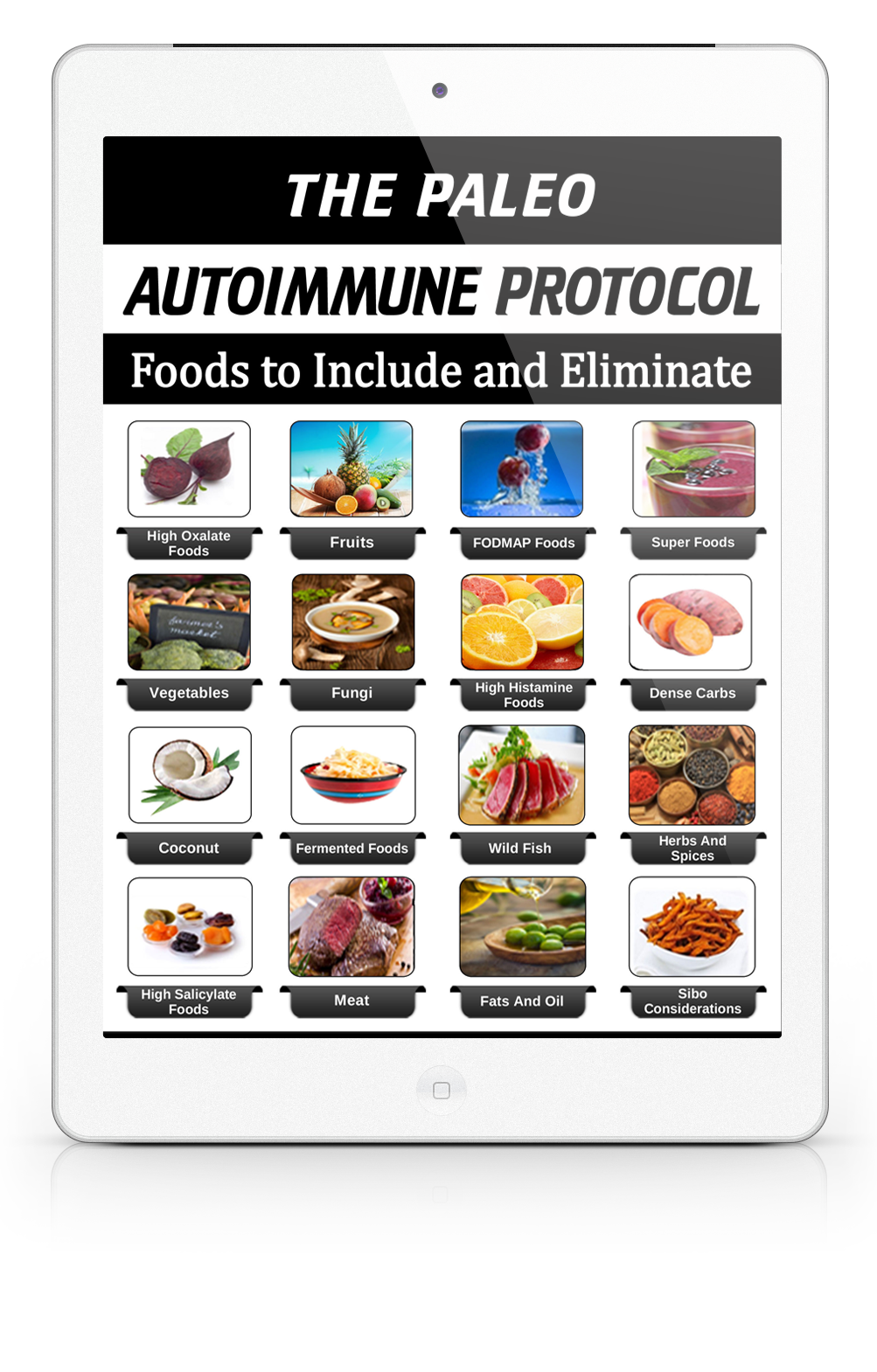Reintroducing Foods on The Paleo Autoimmune Protocol, by Eileen Laird, is an essential guide for everyone in the AIP community who would enjoy the benefit of step by step process of reintroducing foods, along with very inspiring recipes. For anyone interested in the whys and hows of reintroduction, this guide will answer those questions.
Eileen, the blogger behind the info-packed blog phoenixhelix.com, has put her rheumatoid arthritis into remission using the autoimmune protocol of the Paleo diet. For those of you unfamiliar with The Paleo Autoimmune Protocol, it is fast becoming the go to food template for autoimmune disease self care. Most people who use this template typically stick with it for at least 30 days, called the elimination phase. Some will choose to stay on this anti-inflammatory template for longer until their symptoms are greatly decreased and they are ready to start reintroducing foods again. When you are at this point, this is referred to as the reintroduction phase. Enter the helpful Reintroduction Guide by Eileen Laird. Eileen walks readers through Dr. Sarah Ballantynes’ Paleo Approach to reversing autoimmune disease, which includes the Paleo Autoimmune Protocol food template.
Prior to any reintroductions, you are encouraged to keep a food journal to know what your “baseline” normal is with the current foods that you have been eating. Eileen also lists common reintroductions mistakes to avoid like binging or choosing a restaurant for reintroductions since there are too many risks of contamination with other foods that you can’t control. Also a really important mistake to avoid is to reintroduce a new food while inflammation or reaction from a previous (failed) reintroduction is still healing. Once you reintroduce foods following the step by step process, you are instructed to get in touch with what Eileen calls “your inner scientist” and keep a symptom journal noting any and all responses both emotionally and physically. She also gives tips about how to prevent any potential flare-ups and where you can get support.
Eileen gives the reader two options for reintroducing foods. The first is to reintroduce the foods that you miss the most and the second is to reintroduce foods that are least likely to be problematic based on Dr. Ballantyne’s best guess.
Then Eileen details the five steps for carefully reintroducing foods while stressing the importance of watching for symptoms for up to 72 hours after initial consumption. Symptoms or reactions may include, skin rash, headache, mood changes, upset digestion, mood changes and brain fog. If there are no reactions, the next suggestion is to eat a little bit of whatever you’ve reintroduced for a full week to make sure that there is not cumulative effect that you may have missed. This is really important in terms of considering when to reintroduce the next food as you want to make absolutely sure that the prior food is not causing any symptoms before reintroducing the next one. So if it seems as reintroductions may take a long time…they do- yet it’s well worth knowing your body’s responses and will save you money on food sensitivity panels that are notoriously inaccurate.
Now for the recipes! If you can tolerate nightshades and their spices along with nuts, seeds, seed and fruit based based spices, cultured dairy, rice, legumes, and alcohol, you will find some delicious looking items here. As for me, many of these reintroductions (with the exception of cacao, sweet peas and coffee have resulted in more inflammation and some flares (specifically from nightshades) and I have chosen to avoid them completely. Of all the recipes, I can appreciate and have enjoyed the nightshade free Curry blend along with the Power brew!
This handy guide is a great contribution for those who are following the AIP and need help navigating through the reintroduction phase! Thanks Eileen for putting this together for us.




